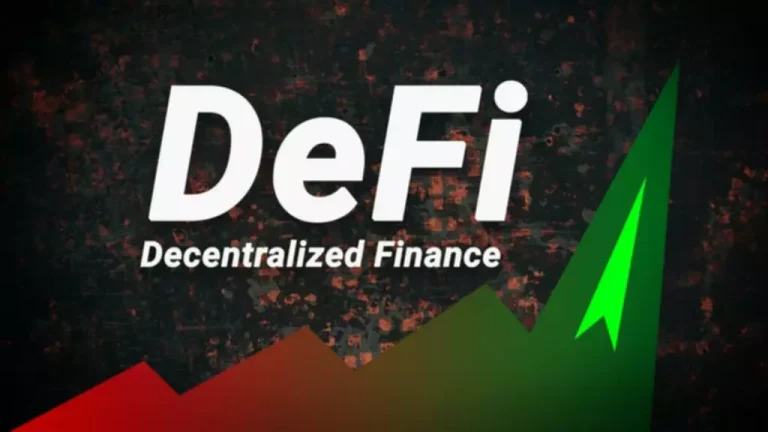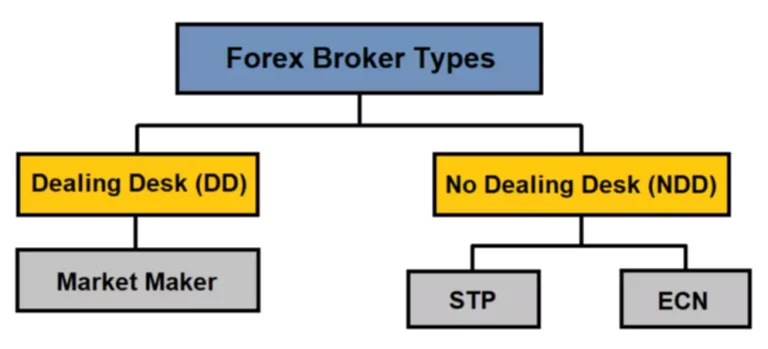Content
Crypto mining and AML Risk Assessments staking are two fundamental methods for participating in blockchain networks and supporting their operations. Throughout this article, we explored their definitions, processes, advantages, and risks, highlighting how each approach serves a distinct role in the decentralized ecosystem. Conversely, staking’s simplicity and eco-friendliness align well with the needs of individual users looking for sustainable and decentralized ways to participate in blockchain ecosystems.
How does DeFi mining differ from crypto staking?
The amount of cryptocurrency required for staking varies depending on the network’s requirements. Once staked, the cryptocurrency is locked up for a specified period, during which the investor cannot use or transfer it. In exchange, stakers receive rewards for validating transactions and supporting the network. These defi yield farming development rewards are usually a percentage of the staked cryptocurrency or additional tokens generated by the network. Staking crypto involves holding a certain amount of cryptocurrency in a digital wallet to support the operations of a blockchain network. By staking, you help validate transactions and secure the network, and in return, you earn rewards in the form of additional coins.
- Liquidity mining is an incentives system on DeFi protocols that offers crypto traders rewards for depositing digital assets onto a dApp.
- Based on the trading pair you choose, you can also be exposed to sizable yields that are more than what other methods offer.
- Users who delegate their coins to a delegate will earn rewards based on the delegate’s performance.
- Simply enter the amount of the token you’d like to sell and enter the details where you want to receive your funds.
- However, unlike yield farming and liquidity pools, it consists of numerous non-crypto definitions that can guide you about your stake assets in a crypto network..
Microfinance definition What is Microfinance (Microcredit): Explained

Liquidity mining is a specific form of yield farming that focuses on providing liquidity to decentralized exchanges. To sum it up, it is evident that both yield farming https://www.xcritical.com/ and liquidity miners offer different methods for investing. The growing interest in crypto assets is unquestionably creating numerous new opportunities for investment. Nevertheless, investors must comprehend the approaches they employ to achieve the expected returns. In addition to their regular income, yield farmers may earn token prizes and a portion of transaction cost, significantly increasing the potential APY. To sufficiently maximize their revenue, yield farmers should switch pools as frequently as once a week and constantly change their strategy.

How Does Traditional Staking Work
Yield farming, named for the way this tactic can grow holdings in a way akin to growing crops, is an opportunity to generate returns by lending assets to decentralized finance, or DeFi, platforms. These assets are then held in a liquidity pool and are used for borrowing, lending, and trading. This process accumulates fees from those using the pool, as well as accruing interest. Users who decide to invest in yield farming and staking platforms are subject to the usual volatility in crypto markets. Tokens held in staking and liquidity pools may depreciate and both yield farmers and stakers can lose money when prices go down overall. Yield farmers may face an additional liquidation risk if their collateral depreciates in value and the protocol liquidates assets to recover costs.
In the absence of a minimum lock-up pool, yield farmers can even move their funds from one pool to another. For example, when offering high yields during the 2020 DeFi boom, such platforms faced many hacks and exploits, resulting in significant losses for some users. Instead of leaving her funds in the balance, she searches for a DeFi application with a yield farming application and ends up depositing the ETH there.
In conclusion, if you are interested in earning staking rewards while maintaining flexibility and liquidity with your assets, liquid staking may be worth exploring. Moreover, liquid staking eliminates the need for users to lock up their assets for an extended period, lowering the barriers to entry for staking. This accessibility attracts a wider range of participants, ultimately bolstering the security and decentralization of the network.
There are also platforms that allow direct staking without issuing LSTs, known as native liquid staking, as seen with ADA on the Cardano blockchain. This innovation gives users the benefits of staking while retaining the ability to use their assets freely. Yield Farming involves staking liquidity pool (LP) tokens, so the first step is to acquire LP tokens by adding liquidity to the ALEX pools.

This article looks at the mechanisms, benefits, and intrinsic risks of yield farming and liquidity mining. By staking SOV, users can earn rewards and participate in Bitocracy, the platform’s decentralized governance model. This involves staking a DeFi platform’s governance token to earn rewards and participate in a protocol’s governance process, usually earning fees in the process.
Furthermore, yield farming has led to the rise of decentralized autonomous organizations (DAOs), which are entities governed by smart contracts and community voting. DAOs play a crucial role in the distribution of governance tokens to yield farmers, giving them a voice in the decision-making processes of DeFi platforms. When implemented correctly, yield farming involves more manual work than other methods. Although cryptocurrencies from investors are still imposed, they can only be performed on DeFi platforms like Pancake swap or Uniswap.
When it comes to cryptocurrency, there are two core consensus mechanisms that stand out, and these are Proof of Work (PoW) and Proof of Stake (PoS). While PoW is currently the most dominant protocol in the industry, PoS has also grown increasingly popular. When done right, the profitability can be well worth keeping assets locked up. As the crypto market continues to boom, an increasing number of people are looking to drive passive income through investing. However, finding the right path forward can be a challenge, even for those with a solid understanding of cryptocurrency. Yield farming is the most profitable passive investment option, but it is also the most dangerous.
The blockchain of the cryptocurrency you’re investing in can also benefit from staking. To authenticate transactions and keep the network working efficiently, many cryptocurrencies rely on staking by holders. To begin with, staking is a great way to earn more cryptocurrency, and interest rates can be extremely high. You may be able to earn more than 10% or 20% every year in some instances. Furthermore, the proof-of-stake model of cryptography is all that is required. One of the most important considerations in debates about whether to stake, farm, or mine is the risk involved with Proof-of-Stake procedures.
Mining helps diversify your portfolio and the proceeds can be reinvested to earn more interest. Although mining may bring higher income, the cost of switching platforms and tokens must be considered. In general, staking is safer and more stable and suitable for long-term investment. DeFi encompasses a wide range of financial services, including lending, borrowing, staking, and trading, all carried out using smart contracts on the blockchain.
While yield farming may call for some strategic maneuvering to move and reap more earnings, staking is a more intuitive concept. Staking cryptocurrency might not be as highly gratifying as YF, but it is more secure. Choosing between yield farming and staking may be determined by your level of sophistication and what is best for your whole portfolio. Even though active yield farming might ultimately result in higher income, you must take the expense of switching between yield aggregators and tokens into account. On the other hand, yield farming (especially if it’s based on more recent DeFi protocols) might be more susceptible to hackers. Because DeFi platforms are decentralized and hence less prone to security breaches than traditional banking applications, they are frequently more secure than the latter.